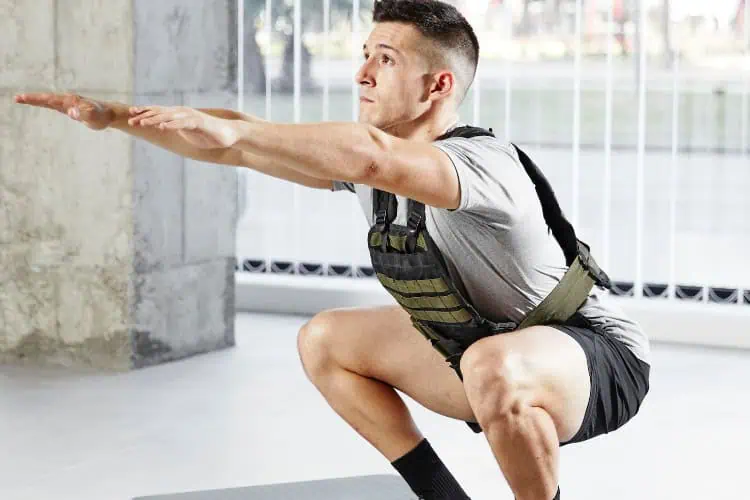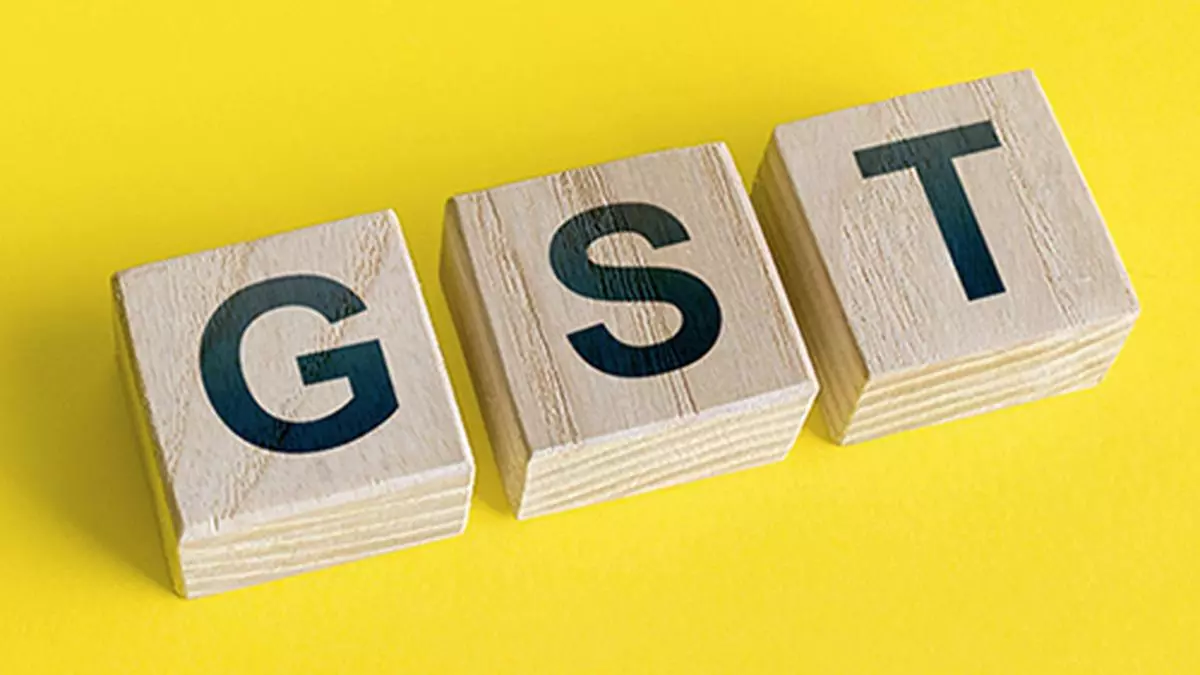

Balance and stability are essential components of physical fitness that often get overlooked. While many people focus on strength, endurance, or cardiovascular health, balance and stability exercises play a critical role in injury prevention, functional movement, and overall physical performance. Whether you’re an athlete looking to improve your agility or someone aiming to enhance daily mobility, incorporating balance and stability exercises into your routine can make a significant difference.
In this blog post, we’ll explore the importance of balance and stability training, discuss its benefits, and provide a comprehensive guide to effective exercises that will improve your coordination, core strength, and overall body control.
The Importance of Balance and Stability Exercises
Balance refers to your body’s ability to maintain control over its position, whether you’re standing still or in motion. Stability, on the other hand, is the strength and control of the muscles that keep your body balanced, especially your core muscles, hips, and legs. Together, balance and stability ensure that you can move efficiently and safely, both during exercise and in everyday activities.
Why Balance and Stability Matter
- Injury Prevention: Improved balance and stability reduce the risk of falls and injuries, especially in the lower body. Strong stabilizing muscles help support your joints, protecting them from overuse or sudden impact.
- Improved Athletic Performance: Athletes and fitness enthusiasts benefit from better coordination, agility, and body control. Sports like basketball, tennis, soccer, and even running require high levels of balance and stability to perform optimally.
- Enhanced Functional Movement: Everyday activities, such as walking, climbing stairs, or carrying groceries, rely on balance and stability. Strengthening these elements ensures that you can perform these tasks with ease and without straining your body.
- Aging Gracefully: As we age, balance tends to decline, increasing the risk of falls and injuries. Regular balance and stability training can help maintain coordination and strength, contributing to a more active and independent lifestyle in older adulthood.
Now that we understand the importance of balance and stability, let’s dive into some key exercises that can help improve these areas.
Balance and Stability Exercises
These exercises focus on engaging your core, improving proprioception (awareness of your body in space), and enhancing muscular control. Incorporate these exercises into your routine 2-3 times per week to experience the benefits.
1. Single-Leg Balance
One of the simplest yet most effective ways to improve balance is through single-leg exercises. This movement engages your core, strengthens the muscles in your legs, and forces your body to stabilize itself on one leg, enhancing overall stability.
How to Perform:
- Stand tall with your feet hip-width apart.
- Shift your weight onto one leg, lifting the opposite foot slightly off the ground.
- Hold this position for 20-30 seconds while engaging your core and keeping your standing leg straight.
- If you find this too easy, close your eyes or try balancing on an unstable surface, such as a foam pad or Bosu ball.
- Switch legs and repeat for 2-3 sets.
2. Tree Pose
The Tree Pose, a classic yoga pose, challenges your balance while improving hip stability and core strength. It’s an excellent exercise for beginners and those looking to increase body awareness.
How to Perform:
- Stand with your feet together and bring your palms together in front of your chest.
- Shift your weight onto one leg, and slowly lift your opposite foot, placing it against your inner thigh or calf (avoid placing it directly on your knee).
- Keep your hips level and press your foot into your leg while maintaining balance.
- Hold this pose for 20-30 seconds, then switch sides.
3. Plank to Reach Balance And Stability Exercises
This exercise not only targets your core but also improves your body’s ability to balance itself while performing dynamic movements. Planks are a foundational stability exercise, and adding an arm reach increases the level of difficulty by challenging your balance.
How to Perform:
- Begin in a plank position with your hands directly under your shoulders and your body in a straight line from head to heels.
- Keeping your core tight, lift your right arm and reach it straight out in front of you.
- Hold for 2-3 seconds, then lower your arm back down.
- Repeat with your left arm, alternating for 10-12 reps on each side.
4. Stability Ball Leg Curl
The stability ball leg curl strengthens the hamstrings, glutes, and core, all of which contribute to better balance and stability. This exercise also adds an unstable surface, further challenging your body’s control and coordination.
How to Perform:
- Lie on your back with your feet resting on a stability ball and your arms by your sides.
- Lift your hips off the ground, forming a straight line from your shoulders to your heels.
- Slowly bend your knees, rolling the ball toward your glutes as you keep your hips lifted.
- Extend your legs back to the starting position and repeat for 10-12 reps.
5. Bird Dog
The Bird Dog exercise is a great way to improve core stability, coordination, and balance. It engages the muscles of the lower back, glutes, and shoulders while requiring focus on maintaining a steady position.
How to Perform:
- Begin on all fours with your hands directly under your shoulders and your knees under your hips.
- Extend your right arm forward while simultaneously extending your left leg backward, forming a straight line from your hand to your foot.
- Hold for a few seconds, then return to the starting position and switch sides.
- Repeat for 10-12 reps on each side, focusing on maintaining stability and balance throughout the movement.
6. Bosu Ball Squats Balance And Stability Exercises
Squats are a foundational movement for lower body strength, and performing them on a Bosu ball or another unstable surface adds an extra challenge to your balance and stability.
How to Perform:
- Stand on the flat side of a Bosu ball with your feet hip-width apart.
- Engage your core and slowly lower into a squat, keeping your weight centered over the ball.
- Push through your heels to return to the standing position, maintaining balance throughout the exercise.
- Perform 10-12 reps for 2-3 sets.
7. Side Plank with Leg Lift
Side planks are an excellent exercise for strengthening the obliques, hips, and shoulders, all of which are essential for maintaining stability during movement. Adding a leg lift increases the difficulty and further enhances balance.
How to Perform:
- Begin in a side plank position with your elbow directly under your shoulder and your feet stacked on top of each other.
- Lift your hips off the ground, forming a straight line from your head to your feet.
- Once stable, lift your top leg toward the ceiling, keeping it straight.
- Hold for 2-3 seconds, then lower your leg and repeat for 10-12 reps before switching sides.
8. Lunges with Rotation Balance And Stability Exercises
Lunges exercises are a great way to improve leg strength and stability, and adding a rotation challenges your balance by incorporating movement in the transverse plane.
How to Perform:
- Stand with your feet hip-width apart and hold a dumbbell or medicine ball in front of you.
- Step forward into a lunge with your right leg, keeping your knee in line with your toes.
- As you lunge, rotate your torso to the right, engaging your core to maintain balance.
- Return to the starting position and repeat on the left side, alternating for 10-12 reps per side.
9. Single-Leg Deadlift
The single-leg deadlift is a great way to challenge your balance while strengthening your hamstrings, glutes, and lower back. It requires coordination and focus to maintain stability on one leg.
How to Perform:
- Stand on your right leg with a slight bend in your knee and hold a dumbbell in your left hand.
- Hinge at your hips, lowering the dumbbell toward the ground as your left leg extends behind you.
- Keep your back flat and core engaged throughout the movement.
- Return to the starting position and repeat for 10-12 reps before switching sides.
10. Heel-to-Toe Walk Balance And Stability Exercises
This simple exercise is great for improving balance and coordination, especially for beginners or older adults. It mimics the act of walking but with a heightened focus on balance.
How to Perform:
- Stand with your feet together, then step forward, placing the heel of your front foot directly in front of the toes of your back foot.
- Continue walking in a straight line, placing one foot in front of the other with each step.
- Walk 10-15 steps forward, then turn around and repeat.
11. Standing Medicine Ball Twists
This exercise enhances balance while engaging your core and improving rotational stability. The medicine ball twist challenges your ability to maintain stability while your upper body moves.
How to Perform:
- Stand with your feet shoulder-width apart and hold a medicine ball at chest height.
- Engage your core and twist your torso to the right, then to the left, while keeping your lower body stable.
- Perform 10-15 reps per side for 2-3 sets.
Tips for Improving Balance And Stability Exercises
In addition to the exercises listed above, here are some tips to help you improve your balance and stability over time:
1. Engage Your Core
A strong core is essential for maintaining balance and stability. Focus on engaging your core muscles during all exercises to stabilize your spine and maintain control over your movements.
2. Start Slowly
If you’re new to balance training, start with simple exercises like single-leg balance or heel-to-toe walks before progressing to more challenging movements. Gradually increase the difficulty as your balance improves.
3. Use Unstable Surfaces
Incorporating unstable surfaces like a Bosu ball, foam pad, or
stability ball into your workouts can increase the challenge to your balance and engage more stabilizing muscles.
4. Focus on Form
Proper form is key to avoiding injury and getting the most out of your balance training. Focus on controlled movements and avoid rushing through exercises.
5. Practice Regularly
Like any other aspect of fitness, balance and stability improve with practice. Incorporate balance exercises into your routine several times a week to see noticeable improvements over time.
Balance and stability exercises are an essential part of a well-rounded fitness routine, contributing to improved performance, injury prevention, and functional movement. Whether you’re an athlete, a fitness enthusiast, or simply looking to improve your everyday mobility, these exercises can enhance your coordination, core strength, and body control. Start incorporating these exercises into your routine today, and enjoy the many benefits of better balance and stability.







Leave a Comment